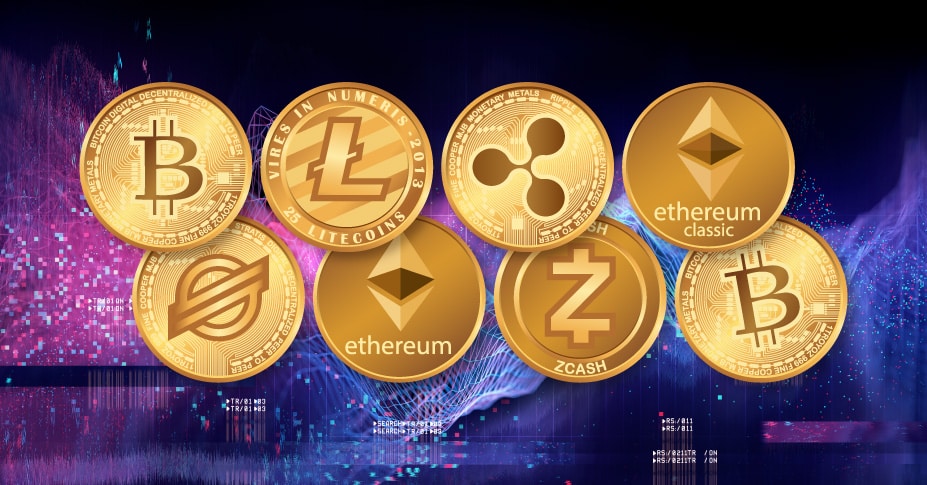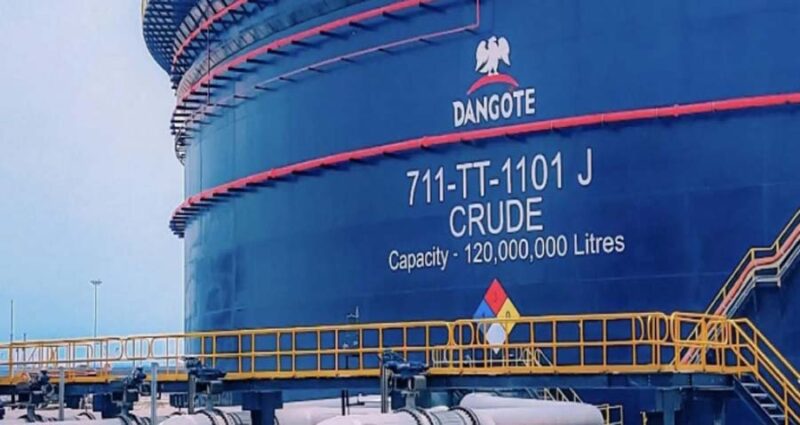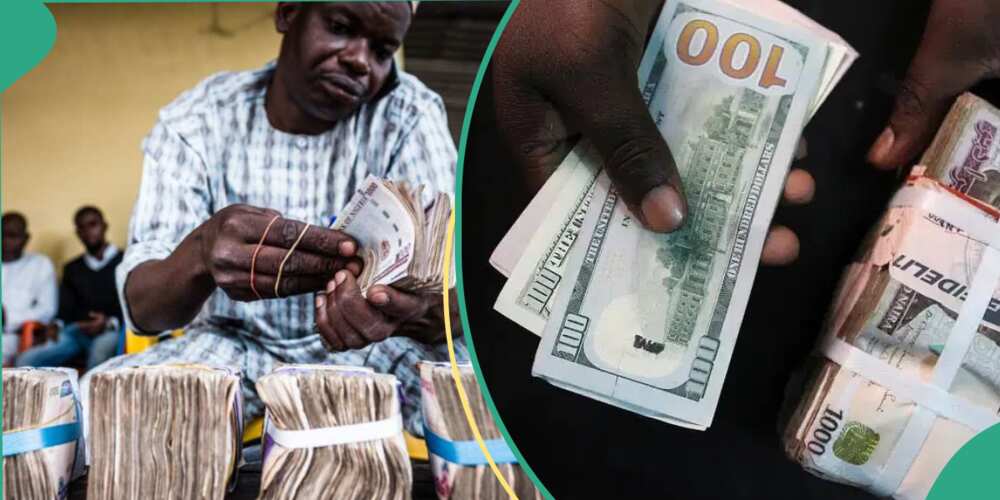Business
Investors fear ‘crypto winter’ is coming as bitcoin falls 50% from record highs

As cryptocurrency investors reel from the sharp sell-off in bitcoin and other digital currencies, some fear the worst is yet to come.
Bitcoin, the world’s largest virtual currency, briefly plunged below $33,000 Monday to its lowest level since July. It’s since recovered back above the $36,000 mark, but is still down almost 50% from a record high of nearly $69,000 in November.
Meanwhile, the entire crypto market has shed more than $1 trillion in value since bitcoin’s all-time high, as top tokens such as ether and solana followed the No. 1 digital currency to trade sharply lower. Ether has more than halved in value since reaching its peak in November, while solana has suffered an even steeper decline, falling 65%.
That’s got some crypto investors talking about the possibility of a “crypto winter,” a phrase referring to historic bear markets in the young digital currency market’s history. The most recent such occurrence happened in late 2017 and early 2018, when bitcoin crashed as much as 80% from all-time highs.
David Marcus, the former head of crypto at Facebook-parent Meta, appeared to admit a crypto winter has already arrived. In a tweet Monday, he said: “It’s during crypto winters that the best entrepreneurs build the better companies. This is the time again to focus on solving real problems vs. pumping tokens.”
Nadya Ivanova, chief operating officer at the BNP Paribas-affiliated tech research firm L’Atelier, said she’s not convinced a crypto winter has arrived yet — but the market is “now in a cooling off period.” That might not be so bad, she says.
“Over the last year — especially with all the hype in this market — a lot of developers seem to have been distracted by the easy gains from speculation in NFTs and other digital assets. A cooling off period might actually be an opportunity to start building the fundamentals of the market,” Ivanova told CNBC’s “Squawk Box Europe.”
Crypto’s rout has come in tandem with a slide in global stocks. Experts say that involvement from large institutional funds has meant digital assets are becoming more intertwined with traditional markets.
READ ALSO:
- You are architect of your trouble, Osun APC faction tells Oyetola
- FG condemns coup in Burkina Faso
- Monarch Assassinated, Three Others Burnt To Death In Ogun
- Don’t write off Eagles, Buhari appeals to Nigerians
The S&P 500 has fallen 8% since the start of the year, while the tech-heavy Nasdaq index is down over 12%. The correlation between bitcoin and the S&P 500 hit a fresh all-time high of 0.3 on Monday, according to Coin Metrics data.
Traders fear potential interest rate hikes and aggressive monetary tightening from the Federal Reserve will drain liquidity from the market. The U.S. central bank is considering making such moves in response to surging inflation, and some analysts say it could result in the end of the era of ultra-cheap money and sky-high valuations — especially in high-growth sectors like tech, which benefits from lower rates since companies often borrow funds to invest in their business.
“I think it’s related to the rout and withdrawal from risky assets overall,” Ivanova said of bitcoin’s recent decline.
The moves lower in major digital coins has been a boon to stablecoins, or digital currencies that track the value of sovereign currencies like the U.S. dollar. USD Coin, the second-largest stablecoin, has added over $5 billion in market value since Sunday, according to data from CoinGecko.
Correction?
Vijay Ayyar, vice president of corporate development and international at crypto exchange Luno, thinks the recent slump in crypto is more of a “correction” than a sustained downturn.
Bitcoin has typically seen “blow-off tops” before diving 80% or more, he said. This refers to a chart pattern which shows a steep increase in price and trading volume followed by a sharp fall in price.
“Corrections for BTC usually are in the 30-50% range, which is where we are currently, so still within normal correction territory,” Ayyar said.
Looking ahead, he says a key level to watch for bitcoin is $30,000. If it closes below that point in a week or more, “that would definitely indicate high likelihood of a bear market,” he said. A decline of around 80% from bitcoin’s recent peak would indicate a price of less than $15,000. Ayyar doesn’t think such a scenario is on the table.
Still, investors are worried about the prospect of further regulatory crackdowns on the crypto industry. Last week, Russia’s central bank proposed banning the use and mining of cryptocurrencies, mimicking a similar move from neighboring China. And the U.S. government is reportedly preparing to release a strategy to regulate crypto as early as next month.
MSN/CNBC
Business
Govt paying N600bn for fuel subsidy monthly — Rainoil CEO

Govt paying N600bn for fuel subsidy monthly — Rainoil CEO
The CEO of Rainoil Limited, Gabriel Ogbechie, has claimed that the federal government resumed the payment of the controversial fuel subsidy following the devaluation of the Naira in the foreign exchange market.
Ogbechie made this statement on Tuesday during the Stanbic IBTC Energy and Infrastructure Breakfast Session held in Lagos.
He pointed out that with Nigeria’s daily fuel usage at 40 million liters and the foreign exchange rate at N1,300, the government’s subsidy per liter of fuel falls between N400 and N500, culminating in a monthly total of approximately N600 billion.
He said; “When Mr. President came in May last year, one of the things he said was that Subsidy is gone. And truly, the subsidy was gone, because immediately the price of fuel moved from 200 to 500 per liter. At that point truly, subsidy was gone.
“During that period, Dollar was exchanging for N460, but a few weeks later, the government devalued the exchange rate. And Dollar moved to about N750. At that point, subsidy was beginning to come back.
READ ALSO:
- North Central Support Group rejects Northern Elders, pledges allegiance to Asiwaju
- Gunmen kidnap 2 FRSC officers along Abakaliki-Enugu highway
- Driver killed, 16 passengers abducted on Abuja-Lokoja road
“The moment the two markets officially closed, officially the market went to about N1,300. At that point, that conversation was out of the window. Subsidy was fully back on petrol. If you want to know where petrol should be, just look at where diesel is. Diesel is about N1,300 and petrol is still selling for N600.
Furthermore, he said that NNPC being the only petrol importer in the country implies that there is an ongoing subsidy, as prices had to be fixed.
Earlier yesterday, the former governor of Kaduna State, Nasir El Rufai, said the federal government is spending more on petrol subsidy than before.
In addition, the Special Adviser to the President on Energy, Mrs. Olu Veŕheijen, said that the Federal Government reserves the right to pay fuel subsidy intermittently to cushion hardship in the country.
“The subsidy was removed on May 29. However, the government has the prerogative to maintain price stability to address social unrest. They reserve the right to intervene.
“If the government feels that it cannot continue to allow prices to fluctuate due to high inflation and exchange rates, the government reserves the right to intervene intermittently and that does not negate the fact that subsidy has been removed,” she said.
Govt paying N600bn for fuel subsidy monthly — Rainoil CEO
Business
Breaking: Dangote brings diesel price down to N1000/litre

Breaking: Dangote brings diesel price down to N1000/litre
Dangote Petroleum Refinery has announced a further reduction in the price of diesel.
When it commenced operation a few weeks ago, Dangote Petroleum Refinery pegged the price of diesel as N1,200.
While rolling out the products, the refinery supplied at a substantially reduced price of N1,200 per litre three weeks ago, representing over 30 percent reduction from the previous market price of about N1,600 per litre.
READ ALSO:
- Kano anti-corruption agency slams fresh charges against Ganduje
- Troops kill ISWAP Commanders, 30 other terrorists
- Ooni of Ife dismisses agitators of Yoruba nation
However, on Tuesday, a further reduction of N200 was noticed in the price, with the product now pegged at N1,000.
This significant reduction in the price of diesel, at Dangote Petroleum Refinery, is expected to positively affect all the spheres of the economy and ultimately reduce the high inflation rate in the country.
The President of Dangote Group, Aliko Dangote, had during the Eid-el-Fitr celebration said if the cost price of diesel comes down, the inflation rate will be substantially reduced.
Dangote spoke when he visited President Bola Tinubu in his residence in Lagos State to celebrate the end of the Ramadan fast with him.
Breaking: Dangote brings diesel price down to N1000/litre
Business
Naira records five-month highest gain, sells below N1000/$ at parallel market

Naira records five-month highest gain, sells below N1000/$ at parallel market
The naira continued its positive showing against the United States dollar on Monday, selling below N1000/$ in some segments of the parallel market.
Newstrends reports that the Federal Government, groups and some individuals have mounted a spirited campaign for those hoarding the dollars to push them out as naira continues to appreciate.
On Monday, the naira was offered in some parts of Lagos and Abuja between N995 and N1,050 per dollar in the parallel market. It was N1,230/$ on Friday.
The latest gain, being over five-month highs, came in the wake of the Iranian attack on Israel and a rise in the crude oil price.
Goldman Sachs, American investment bank economists, had earlier predicted that the naira’s bullish momentum on the foreign exchange market would likely cause it to trade for less than N1,000 per US dollar in the coming months.
According to a report by Nairametrics, the group claimed that the rally in Nigerian currency helped recover from large losses after two devaluations since last June by being bolstered by capital inflows and successive interest rate hikes.
In March, Goldman Sachs projected that the Naira would appreciate to N1,200 per dollar in 2024.
At the official foreign exchange market, the rate was put at N1,136/$ in contrast with N1,205/$ last Friday.
The top bank has implemented several policy initiatives in recent months to bring stability to the foreign exchange market.
The CBN increased interest rates to 24.75% at the most recent meeting of the Monetary Policy Committee (MPC), which helped it recover losses from the two devaluations that occurred since June of last year.
Further gains for the naira result from the CBN’s ongoing intervention, which involves selling foreign exchange to Bureau De Change operators at a revised rate.
The market anticipates higher inflows of US dollars from the sale of foreign currency bonds in the second quarter as disclosed by Finance Minister Wale Edun.
The Federal Government has just offered high-yield short-term debt products at a premium to entice overseas capital into the economy.
The Middle East’s geopolitical unrest and
Notwithstanding a drop in Nigeria’s production volume, crude oil prices have risen beyond $90.
Nigerian grades of oil are trading at a premium to the ICE Brent benchmark.
The Middle East’s geopolitical unrest and the anticipation of an Iranian government strike on Israel caused oil prices to soar.
-

 Sports7 days ago
Sports7 days agoKane’s three children involved in car crash, hospitalised
-

 News5 days ago
News5 days agoFG gives update on where fleeing Binance executive is hiding
-

 Entertainment6 days ago
Entertainment6 days agoTolani Baj expresses love for Bobrisky
-

 metro5 days ago
metro5 days agoTroops neutralise 188 terrorists, rescue 133 hostages in assault operations
-

 metro5 days ago
metro5 days agoViral video: Edo CP orders trial of officer threatening people with gun
-

 News5 days ago
News5 days agoNLC, TUC jointly propose N615,000 new minimum wage
-

 News7 days ago
News7 days agoNew electricity tariff may drop if naira rebounds further – Adelabu
-

 metro6 days ago
metro6 days agoBreaking: Bobrisky sentenced to six months imprisonment without option of fine






















